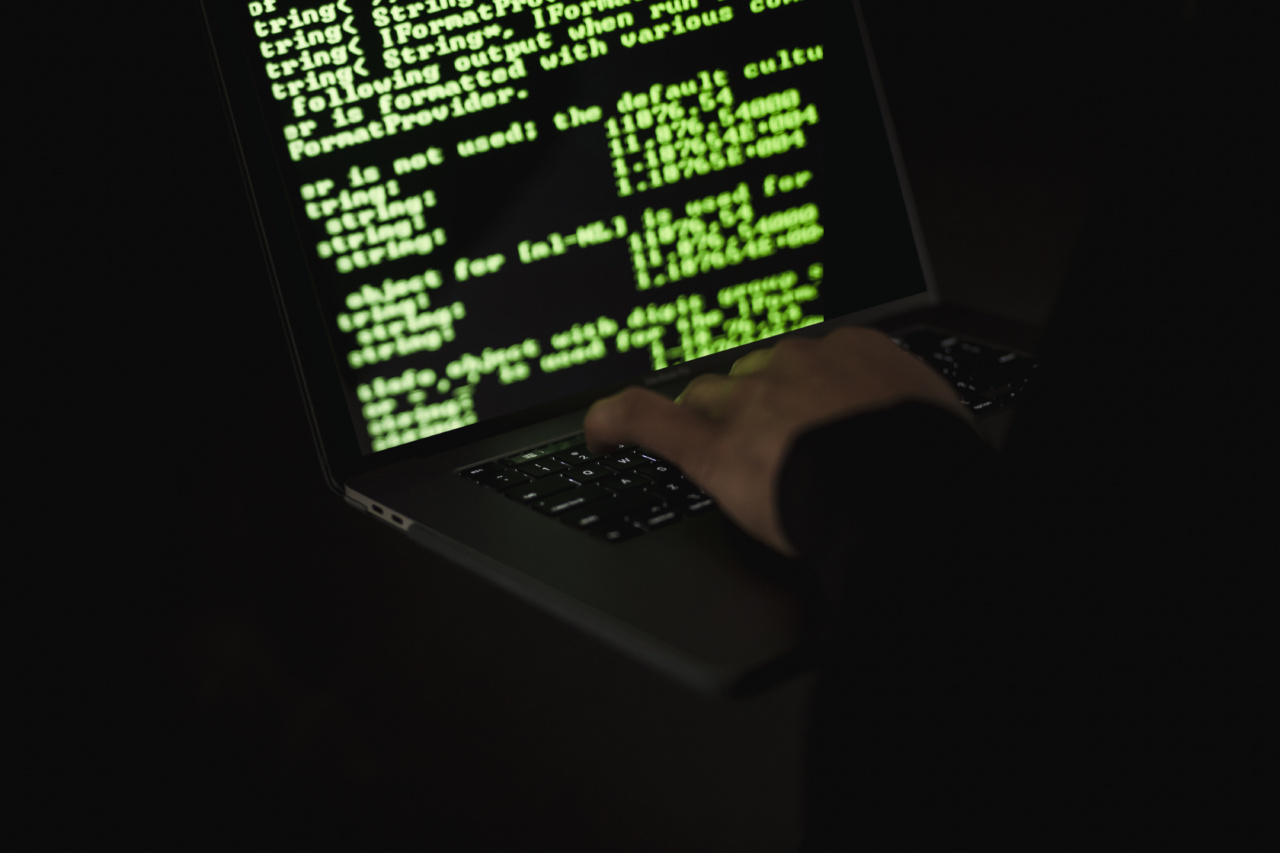Panic attacks are intense episodes of fear and distress characterized by sudden and overwhelming feelings of terror, accompanied by physical symptoms. They can occur without warning and cause significant distress and impairment in daily life.
Understanding how panic attacks affect the body is crucial for individuals who experience them and those around them.
What is a panic attack?
A panic attack is a sudden surge of intense fear or discomfort that peaks within minutes and typically lasts for a short duration.
It is a manifestation of the body’s response to perceived danger or threat, even when there is no real danger present.
Symptoms of a panic attack
Panic attacks can vary from person to person, but they usually involve a combination of physical, emotional, and cognitive symptoms. Some common symptoms include:.
- Rapid heartbeat or palpitations
- Shortness of breath or difficulty breathing
- Chest pain or discomfort
- Sweating or chills
- Trembling or shaking
- Feeling dizzy or lightheaded
- Nausea or abdominal distress
- Numbness or tingling sensations
- Hot flashes or cold flashes
- Feeling detached from oneself
Effects of panic attacks on the body
Panic attacks can have profound effects on the body, both during the episode and in the long term.
The physical symptoms experienced during a panic attack are a result of the body’s fight-or-flight response, which is triggered when the brain perceives a threat. This response prepares the body to either confront the danger or flee from it.
1. Increased heart rate
One of the most common physical symptoms of a panic attack is an increased heart rate or palpitations. The body releases stress hormones such as adrenaline, which causes the heart to beat faster.
This increase in heart rate can be alarming and further contribute to the sense of panic and anxiety.
2. Rapid breathing
During a panic attack, the body goes into overdrive, and the respiratory system responds by increasing the breathing rate.
This rapid breathing can lead to hyperventilation, which can cause lightheadedness, dizziness, and a feeling of being unable to catch one’s breath.
3. Chest pain and discomfort
Many individuals experiencing a panic attack report chest pain or discomfort. This can range from a mild ache to a sharp and intense pain.
The chest pain is often a result of the increased heart rate and tension in the chest muscles due to hyperventilation.
4. Gastrointestinal symptoms
The fight-or-flight response triggered during a panic attack can also affect the gastrointestinal system. Some individuals may experience nausea, stomach pain, or an upset stomach during an episode.
These symptoms are a result of the body redirecting blood flow away from the digestive system to other parts of the body.
5. Muscle tension
Panic attacks can lead to increased muscle tension throughout the body. This tension is often felt in the neck, shoulders, and back, and can contribute to headaches and general discomfort.
The muscle tension may persist after the panic attack has subsided, leading to ongoing pain and stiffness.
6. Sweating
Sweating is a common physical response during a panic attack. The body releases sweat as a way to regulate temperature and cool down. Excessive sweating is a result of the increased adrenaline and heightened physiological arousal associated with panic.
7. Numbness and tingling sensations
Some individuals may experience numbness or tingling sensations during a panic attack. This is often due to hyperventilation, which can lead to changes in blood gases and circulation.
The altered blood flow can cause sensations of numbness or tingling in the extremities.
8. Fatigue
After a panic attack, individuals often report feeling tired and exhausted. The intense physical and emotional experience of a panic attack can be draining and lead to fatigue.
Additionally, disrupted sleep patterns and ongoing anxiety can contribute to feelings of lethargy and low energy levels.
9. Emotional impact
While panic attacks primarily involve physical symptoms, they also have a significant emotional impact. Panic attacks can be extremely distressing and can lead to intense fear, helplessness, and a sense of losing control.
The emotional toll of panic attacks can contribute to ongoing anxiety and the development of other mental health conditions.
10. Long-term consequences
Experiencing recurrent panic attacks can have long-term consequences on a person’s well-being. The fear of having future panic attacks can lead to avoidance behaviors and a restricted lifestyle to avoid triggering situations or environments.
This can result in social isolation, decreased quality of life, and the development of panic disorder.
Conclusion
Panic attacks have a profound impact on the body, affecting both physical and emotional well-being. It is essential for individuals experiencing panic attacks to seek support and professional help to manage the symptoms effectively.
With appropriate treatment and coping strategies, it is possible to minimize the negative effects of panic attacks and regain control over one’s life.





























